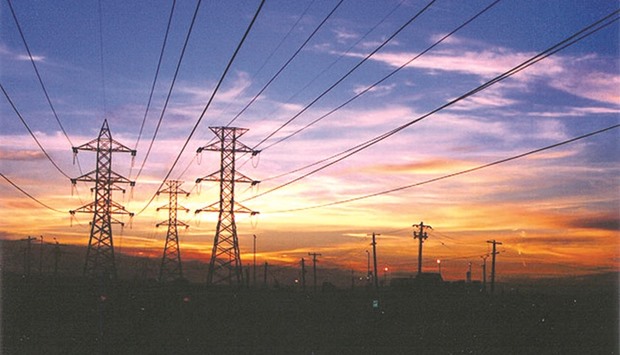A revolution in south Australia is wresting power from utility-owned grids and putting it inside batteries installed inside the homes of electricity consumers.
Billed as the world’s biggest “virtual power plant,” AGL Energy is installing 1,000 batteries in and around Adelaide at a cost of about A$20mn ($15mn), according to a statement on Friday. The 5-megawatt array, which combines lithium-ion storage, Internet routing gear and software to detect energy-consumption patterns, shows how utilities are remaking the way power is generated and transmitted.
“Australia is on the cusp of a battery storage revolution as technology costs continue to fall,” said Ivor Frischknecht, chief executive officer of the Australian Renewable Energy Agency, or ARENA, which will provide A$5mn to the project.
This virtual power plant moves away from centralised power stations linked to national grid that utilities have deployed for a century. Energy newcomers such as Apple Inc and EnerNOC Inc in the US, along with legacy power providers including RWE and E.ON SE in Germany, are scrambling for ways to squeeze more out of the intermittent power flows that come from solar panels. They’re combining battery and information technologies to help manage when electricity is delivered.
AGL’s plant will be able to store 7 megawatt-hours of energy with equivalent output of 5 megawatts. It will be rolled out in three phases over about 18 months. The company is offering its customers a “heavily discounted” battery system for their homes, according to the statement.
“It will demonstrate alternative ways to manage peaks in energy demand, contributing to grid stability and supporting the higher penetration of intermittent, renewable generation on the grid,” AGL chief executive officer Andy Vesey said.
The company announced in February an A$20mn investment in Sunverge, a power-storage and energy-management provider, in order to accelerate introduction of the technology. Tesla Motors, LG Chem and Panasonic Corp are among the companies that have also entered into an Australian storage market that Morgan Stanley estimated could be valued at A$24bn ($17bn).
About 30,000 Australian homes will have photovoltaic-energy storage system by 2018, Marianne Boust, a Paris-based analyst at IHS Inc, wrote in a report in February. Australia had less than 500 installed at the end of 2015.
The market for home and business energy storage devices could grow from a few hundred megawatt-hours installed today to 760 gigawatt-hours by 2040, requiring total investment of $250bn, said Logan Goldie-Scot, analyst at Bloomberg New Energy Finance. The technology will enable utilities to avoid building new peaking gas plants or network infrastructure, he said.
“This is about overhauling the way the electricity system is planned and managed. Consumers are happy as they’re benefiting from reduced power bills and the utility is able to be much more efficient with their spending.”

A revolution in south Australia is wresting power from utility-owned grids and putting it inside batteries installed inside the homes of electricity consumers.


